Cityscapes around the world are evolving, adapting to the changing needs of their inhabitants. Prolific urban growth combined with growing population density alongside the need for sustainable life choices has produced mixed-use developments as fundamental elements that build energetic efficient urban communities. These developments unify residential with commercial spaces and recreational areas through an integrated approach for urban planning. The article analyzes how contemporary mixed-use developments reshape urban views and determine metropolitan life patterns of tomorrow. This article explores how mixed-use developments are transforming cityscapes and shaping the future of urban living.
Understanding Mixed-Use Developments
Urban planners use the concept of mixed-use development (MUD) to integrate residential spaces together with office areas as well as retail sections and entertainment facilities and public facilities in single contiguous zones. Such developments differ from traditional zoning since they merge different uses together which produces an integrated and practical lifestyle experience. Different MUD projects exist including those sized for neighborhoods as well as bigger urban civic centers.
Key Characteristics of Mixed-Use Developments:
- Different Uses in One Location: Homes located next to workplaces and shops together with recreational areas.
- Walkable locations promote the development of streets that can be traversed by foot thus decreasing reliance on automobiles.
- Developers include parks and communal spaces and plazas in urban areas as part of their commitment to build green zones for improving public lifestyles.
- Sustainable development through these residential and business spaces promotes land efficiency with energy-saving practices and environmentally friendly sustainable design.
- Enhancing Cityscapes: Creating visually appealing environments that redefine the future of urban living.
The Benefits of Mixed-Use Developments
1. Enhancing Convenience and Accessibility
Mixed-use developments provide outstanding convenience through their combined features as their main advantage. These development types provide essential programs and occupational facilities and recreational spaces near residential areas thus minimizing travel distances. These well-designed cityscapes redefine the future of urban living.
2. Promoting Economic Growth
The new initiatives drive regional economic performance while they draw companies and generate employment possibilities. When various different businesses operate in close proximity they increase economic productivity and generate more business owners. Retail operations together with restaurants and co-working offices achieve success because mixed-use environments draw numerous visitors who interact with the community.
3. Supporting Sustainable Urban Living
Mixed-use developments live by the fundamental principle of sustainability in current development practice. Mixed-use development serves two purposes: it enables fewer people to drive automobiles and it establishes neighborhoods which can be reached on foot which reduces carbon dioxide emissions. Modern mixed-use developments integrate green buildings together with renewable energy solutions in addition to water conservation practices along with waste management systems that support green urban development.
4. Social interaction along with community engagement because of mixed-use development methods.
Mixed-use communities enable social interaction because their design promotes encounters between residents together with professionals and visitors. Open community spaces together with public parks and social gathering areas create spaces for people to meet and develop stronger relationships between community members thus improving general wellness. These interactive cityscapes further solidify the future of urban living.
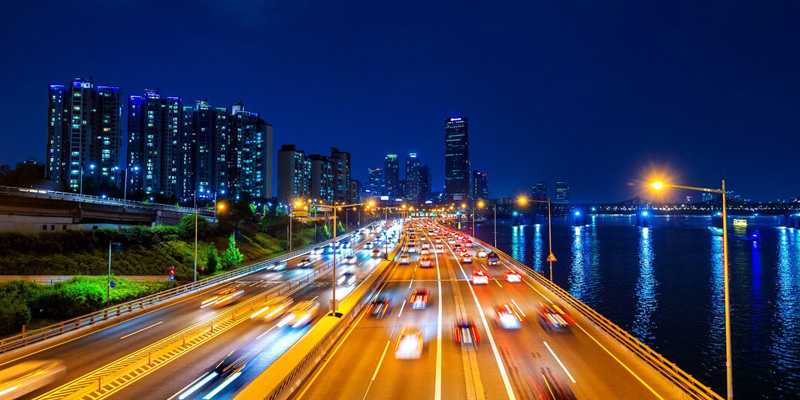
5. Improving Urban Aesthetics and Infrastructure
The visual outlook and operating capabilities of urban landscapes improve when outdated spaces get replaced with contemporary organized designs. The combination of architectural innovation and sustainable landscaping practices and public transport features forms the basis for a modern and effective urban structure. This transformation directly impacts the future of urban living by fostering better infrastructure and aesthetic cohesion.
Challenges of Implementing Mixed-Use Developments
For successful implementation of mixed-use developments, operators need to overcome multiple barriers even though this approach provides various useful benefits.
1. Zoning and Regulatory Hurdles
During the current era, several communities continue to implement outdated zoning practices that divide their territory into three separate areas for residential, commercial, and industrial functions. Mixed-use development regulation modification needs joint efforts from policymakers together with urban planners and developers to work out appropriate changes.
2. Infrastructure and Traffic Management
The proper infrastructure of transportation systems remains significant because these developments naturally bring more population into the area. Adequate infrastructure planning about roads and transit systems and pathways for pedestrians must happen to avoid congestion and maintain efficient mobility.
3. Balancing Affordability and Inclusivity
The rising demand for mixed-use developments often creates greater property value which establishes conditions for higher-income residents to replace poorer neighborhood residents. The vital requirement for maintaining diversity together with accessibility depends on creating affordable housing and developing inclusive community plans.
4. Noise and Privacy Concerns
Placing residential homes alongside commercial buildings in one area produces conflicting conditions because the two spaces disturb each other with noise and lack privacy. City planners can minimize noise problems through proper urban design practices while soundproofing techniques and area sections dedicated to quiet zones should be implemented.
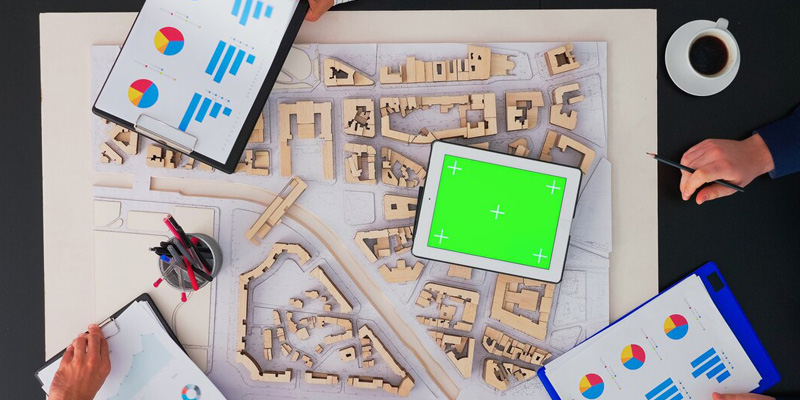
Notable Examples of Mixed-Use Developments
1. Hudson Yards, New York City
The American development of Hudson Yards stands as one of the largest mixed-use complexes in the country because it combines residential places with offices and shopping areas together with entertainment spots and public green spaces.
2. Canary Wharf, London
Originally a financial district, Canary Wharf has evolved into a mixed-use area with residential apartments, leisure facilities, and commercial spaces, making it a model for modern urban living and vibrant cityscapes.
3. Marina Bay, Singapore
Through Marina Bay Singapore combines business operations with entertainment and residential activities around its famous landmarks alongside sustainable urban transit systems and green spaces for supporting growth.
4. La Défense, Paris
A leading business district, La Défense incorporates residential areas, cultural institutions, and extensive public transport, promoting an efficient and livable mixed-use environment that enhances cityscapes.
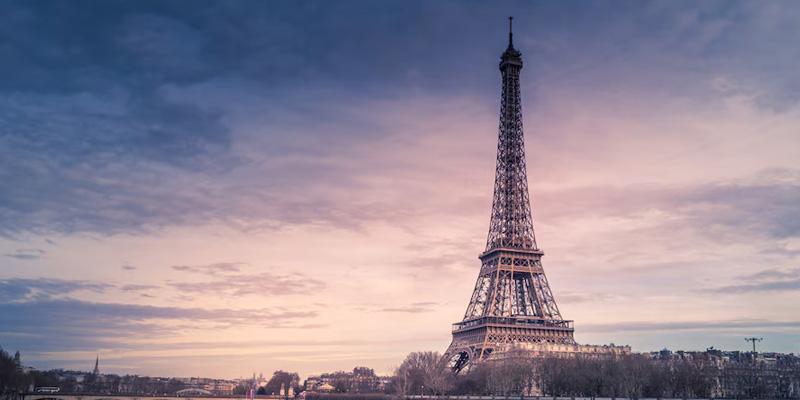
The Future of Mixed-Use Developments
As cities continue to grow, mixed-use developments will play a crucial role in shaping the future of urban living. Innovations in smart city technologies, sustainable architecture, and urban mobility will further enhance their efficiency and appeal.
Emerging Trends in Mixed-Use Developments:
- The combination of Infrastructure enabled by IoT generates Real-time data monitoring through AI-driven Urban planning.
- Vertical Mixed-Use Towers function as skyscrapers which integrate residential accommodation as well as commercial areas together with recreational facilities in a solitary high-rise construction.
- Industrial development implements two design approaches that combine nature with urban spaces by using sustainable resources in rooftop gardens and vertical forest implementations.
- Mixed-use micro-communities represent compact developments that serve defined lifestyle groups and population types.
Conclusion
Mixed-use developments are redefining urban living by creating vibrant, efficient, and sustainable cityscapes. Multiple advantages exist for mixed-use developments since they provide accessibility along with economic benefits and environmental protection together with communication growth among residents. Through appropriate planning techniques combined with changes to regulations along with creative design alternatives these developments can smoothly integrate into contemporary urban settings. The future of urbanization will maintain its direction through mixed-use developments because these valuable arrangements will continue to define the interaction patterns of residents within active metropolitan areas. Leading property consultants in Bangalore continue to play a crucial role in guiding investors and homebuyers toward the most promising mixed-use developments, ensuring a dynamic and well-connected urban future.
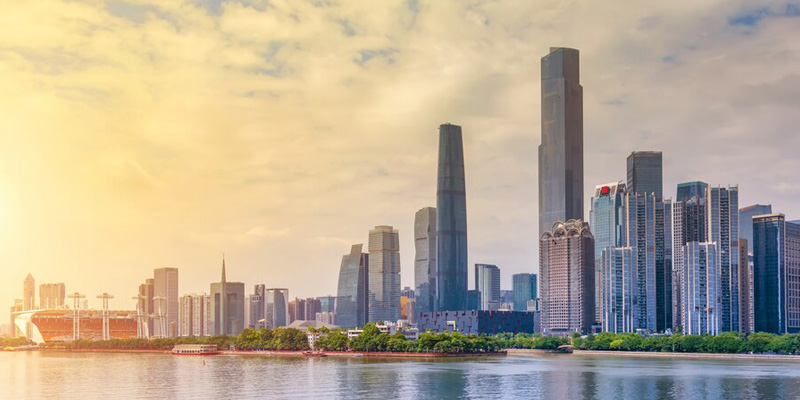

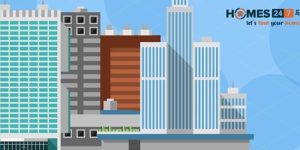

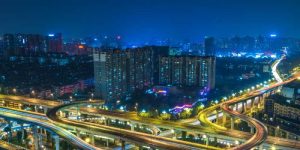


Add comment